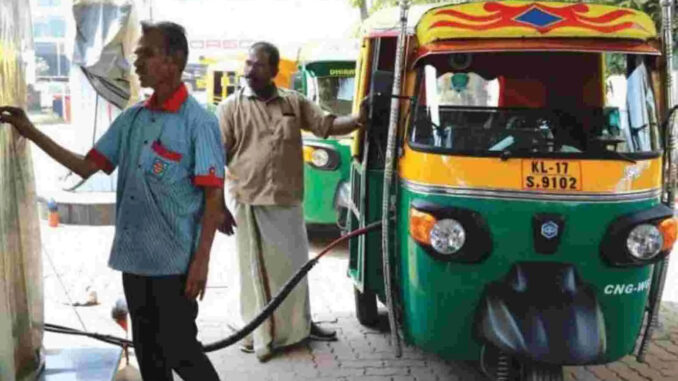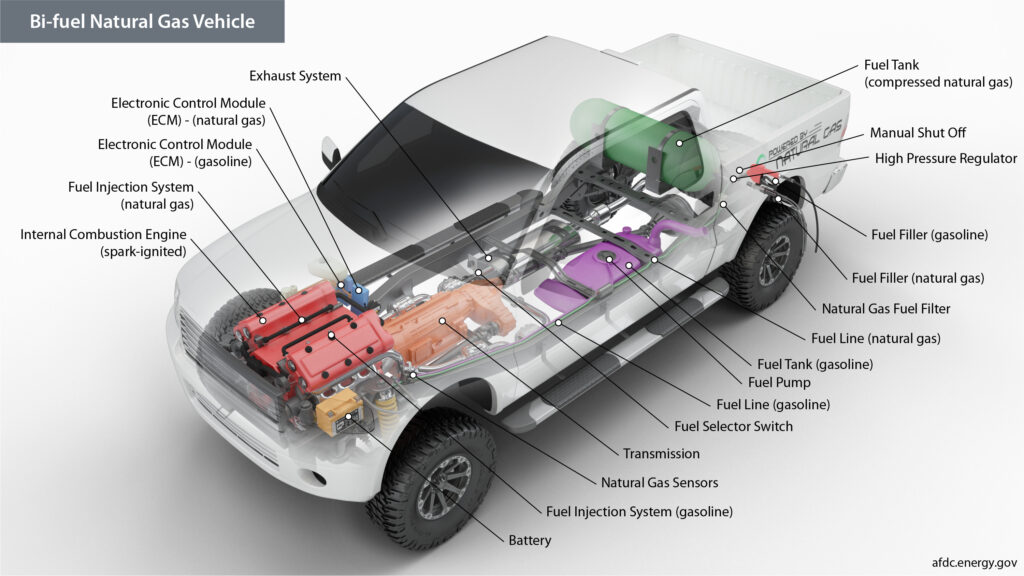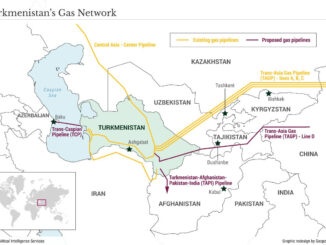
ENB Publishers Note: While looking at a long-term plan, shouldn’t we go back and start looking at CNG and LNG cars and trucks. With COP26 admitting that natural gas is needed, it would make sense to invest in CNG transportation rather than EV to lower greenhouse emissions. India understands the value of CNG.

How Do Bi-fuel Natural Gas Vehicles Work?
A bi-fuel natural gas vehicle can use either gasoline or natural gas in the same internal combustion engine. Both fuels are stored on board and the driver can switch between the fuels. The vehicle is equipped with separate fuel tanks, fuel injection systems, and fuel lines for both fuels. Learn more about natural gas vehicles. Source: US Department of Energy.
Article By Sathya Narayanan – Argus
The region is battling acute air pollution, with six out of the 11 thermal power plants within a 300km radius of Delhi temporarily shut until the end of the month. The Commission for Air Quality Improvement for the National Capital Region and adjoining areas had previously mandated the 11 power plants to co-fire 5-10pc biomass with coal to cut pollution and stubble burning at farms.
Only CNG vehicles and EVs will be allowed to enter and/or operate in Delhi from 27 November until 3 December, while non-essential vehicles will be barred from entering the city, said Delhi’s environment minister Gopal Rai.
Schools, colleges and libraries, which were closed earlier because of the poor air quality, will open from 29 November. Rai urged everyone to use public transport and avoid the use of personal vehicles.



